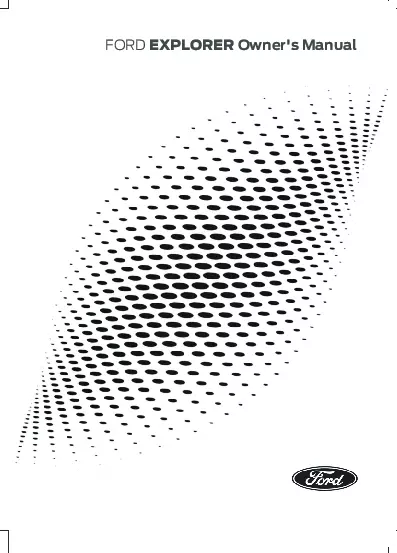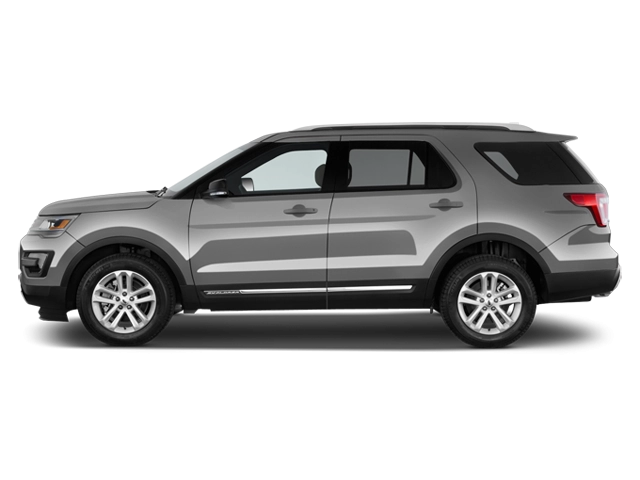2025 Ford Explorer Owner's Manual

Table of Contents
2025 Ford Explorer Overview
Introduction
The 2025 Ford Explorer stands as a testament to innovation and comfort in the world of SUVs, integrating advanced technology and versatile design to meet the demands of modern families and adventurers alike. With a commanding presence on the road, the Explorer boasts a refined blend of style, performance, and practicality that redefines the SUV experience.
Powertrains
This year, the Ford Explorer offers a range of powertrains designed to cater to diverse driving preferences. The standard 2.3-liter EcoBoost engine delivers a robust 300 horsepower while maintaining impressive fuel efficiency. For those seeking a more exhilarating drive, the available 3.0-liter EcoBoost V6 engine churns out an astounding 400 horsepower, perfect for towing and off-road adventures. The hybrid variant combines a 3.3-liter V6 engine with an electric motor, delivering a balanced power output while prioritizing sustainability and fuel savings.
Trims
The 2025 Ford Explorer is available in several trims, including the base XLT, well-equipped Limited, adventurous Timberline, and luxurious Platinum. Each trim comes with its own unique set of features, allowing buyers to choose an option that best suits their lifestyle and preferences. The sporty ST trim, for instance, adds performance-driven enhancements and distinctive styling cues for an exhilarating driving experience.
Features
Inside the Explorer, passengers will find a spacious, well-appointed cabin equipped with the latest technology. Standard features include a 12-inch touchscreen infotainment system with Ford’s SYNC 4, Apple CarPlay, and Android Auto compatibility. Safety is prioritized with Ford Co-Pilot360, a suite of advanced driver-assist technologies. Other available features include a panoramic sunroof and premium sound system, ensuring every journey is as enjoyable as possible.
Owners Manual
The comprehensive owner’s manual for the 2025 Ford Explorer serves as an essential guide, providing valuable information on vehicle operation, maintenance schedules, safety features, and troubleshooting tips. With clear instructions and easy-to-navigate sections, owners can ensure their Explorer remains in peak performance, promoting longevity and reliability on every adventure.
User manual download
The Ford Explorer owner manual for the 2025 model year is to be found in PDF downloadable format on this page. The owner manual for the model year 2025 is free and in English, but the repair manuals are usually not easy to get and may cost more.
Manual Questions
Fill the form below and someone will help you!

